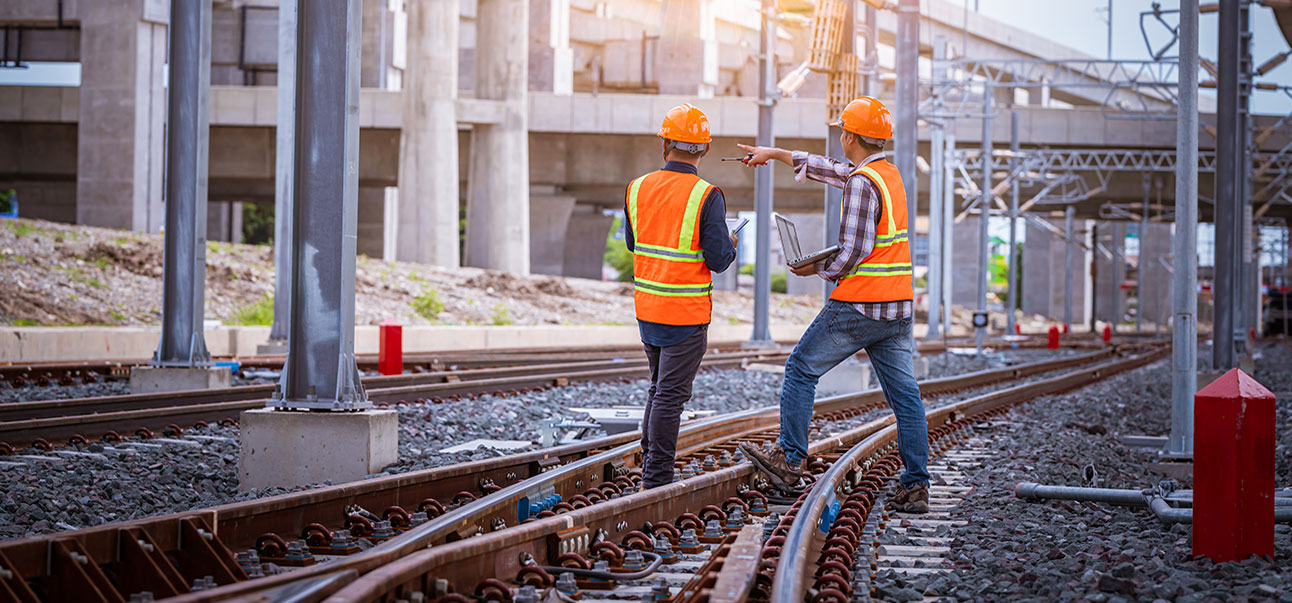Railways

What is railways monitoring?
Railway deformation monitoring focuses on detecting and monitoring any changes or deformations in the railway infrastructure. This can include the track, the ballast, the subgrade, and other components of the railway system.
Deformations can occur due to a variety of factors, such as changes in temperature, heavy train traffic, or natural events such as landslides or earthquakes. These deformations can have a significant impact on the safety and reliability of the railway system, and therefore it is important to monitor them closely.
Railway deformation monitoring systems use sensors to collect data on the physical properties of the railway infrastructure, such as the displacement, strain, and vibration of the track and other components. This data is then analysed to detect any changes or anomalies that may indicate potential issues or hazards.
Railway deformation monitoring plays a critical role in ensuring the safety and reliability of the railway system. By detecting and addressing deformations early, railway operators can take steps to prevent accidents and minimize disruptions to service. It also helps to optimize maintenance and repair activities, reducing costs and improving efficiency.








